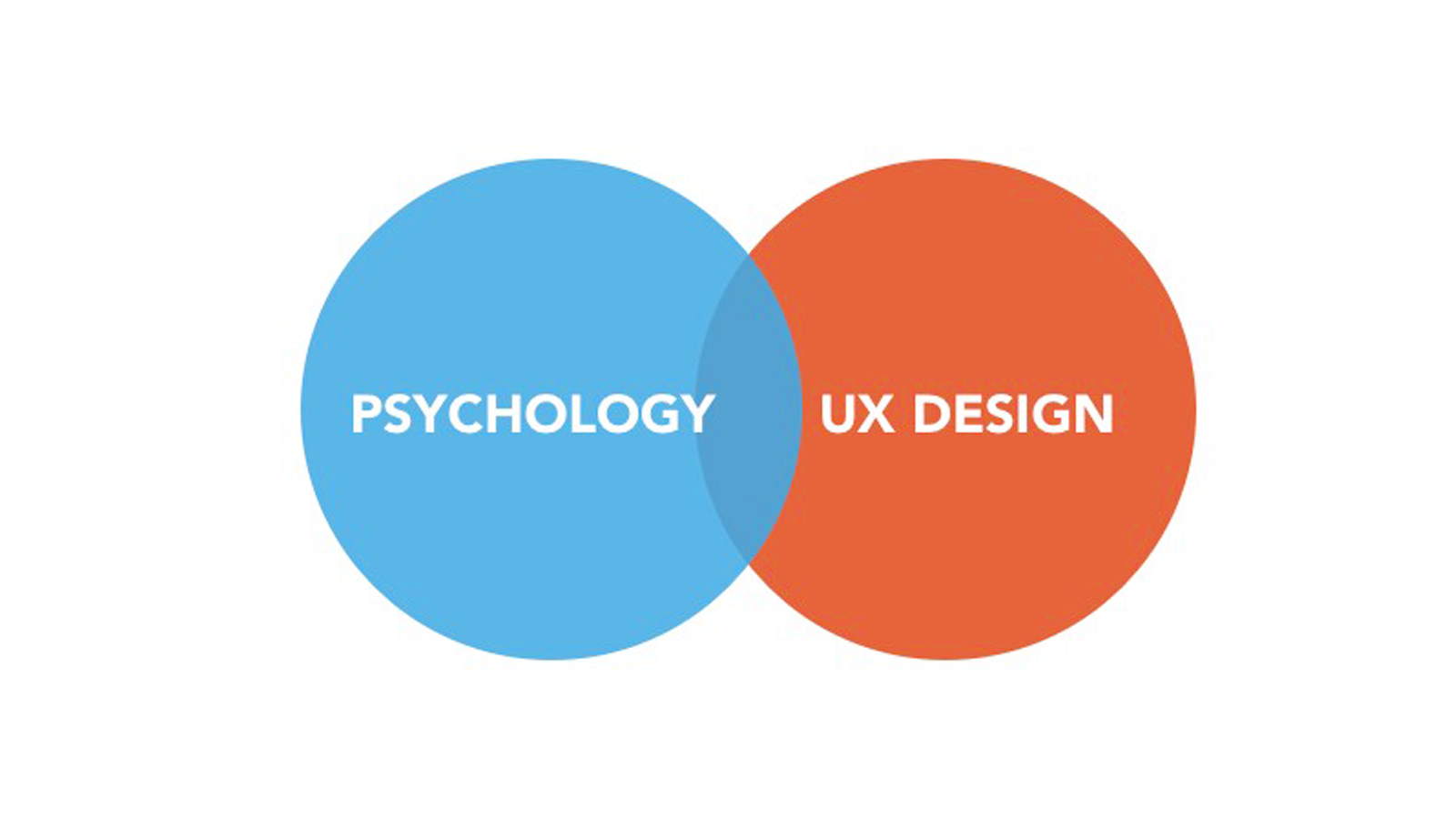Online Course – Psychology of Interaction Design Review

“People are flexible, versatile, and creative. Machines are rigid, precise, and relatively fixed in their operations. There is a mismatch between the two, one that can lead to enhanced capability if used properly” – (Norman, 2013)

I’ve been a designer for a long time and have done UX/UI for a while, and I noticed that Psychology plays a big part in a user’s product experience. By understanding how our designs are perceived to make the products more effective, I’m highly interested in expanding my knowledge in the psychology area. This class thoroughly opened my eyes to understanding the relationship between interaction design and human behaviour.
The Interaction Design Foundation (IDF) is a non-profit organization founded in Denmark in 2002. Its goal is to democratize user experience, product design, and human-computer interaction while keeping costs low and quality high. I recently completed Psychology of Interaction Design: The Ultimate Guide on their platform. It's an excellent psychology course for designers who don't have a psychology background.
The course is divided into six sections, which include the following chapters: (1) Interaction Design: An Introduction, (2) The Psychology of Interaction Design, (3) The Gestalt Laws and Interface Design, (4) Tangible User Interface Design Considerations, (5) User Error: Who is to blame? (6) User Interface Design: Working With the User.
The course's research was impressive and covered all aspects of the term “Psychology and Design.” It investigated psychology from a cognitive, social, and emotional standpoint. It created various tools for understanding behaviours, advocating for design decisions, and considering ways to present information to users most clearly and concisely as possible. The instructor walks through Human Cognitive Ability, beginning with the basic theory of mind and behaviour and ending with applying a functional digital product. Each phase's shoulds and should-nots' are concisely broken down. There are also plenty of practice exercises to help broaden conceptual understanding, which helps jumpstart our thinking about how these concepts can be applied to our product.

I want to highlight the chapter User Error: Who's to Blame? This lesson provides several real-world examples, emphasizing the importance of good design to user safety and security. Many of these examples are tragic events that result in the loss of life, and the outcomes help us all understand the importance of design in everyday life.

The user is never the issue. As Don Norman stated in his book, we must accept human behaviour not as we wish it would be. Returning to designer work, if users have difficulty with our design, take a step back and re-evaluate our solution. At the very least, we should be deliberate about our outcomes.
'Psychology of Interaction Design: The Ultimate Guide course is excellent, but the peer reviews aren't the best or most helpful. The students have no idea what they're doing in design, and most don't give proper feedback, only good or bad, and never explain their answers or how those responses are based on the design concepts. This would be fantastic if the proper review were conducted.

My Course Certificate